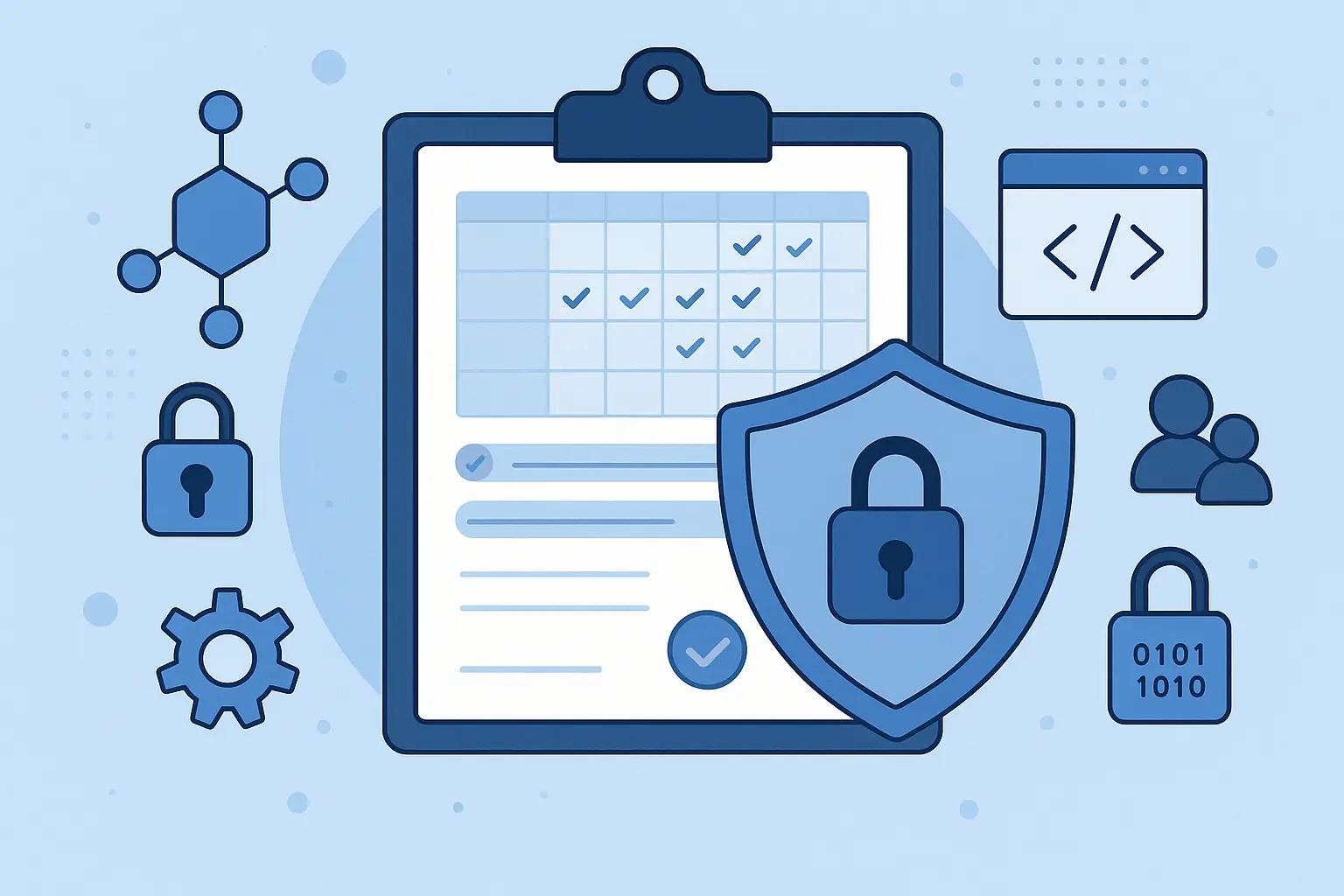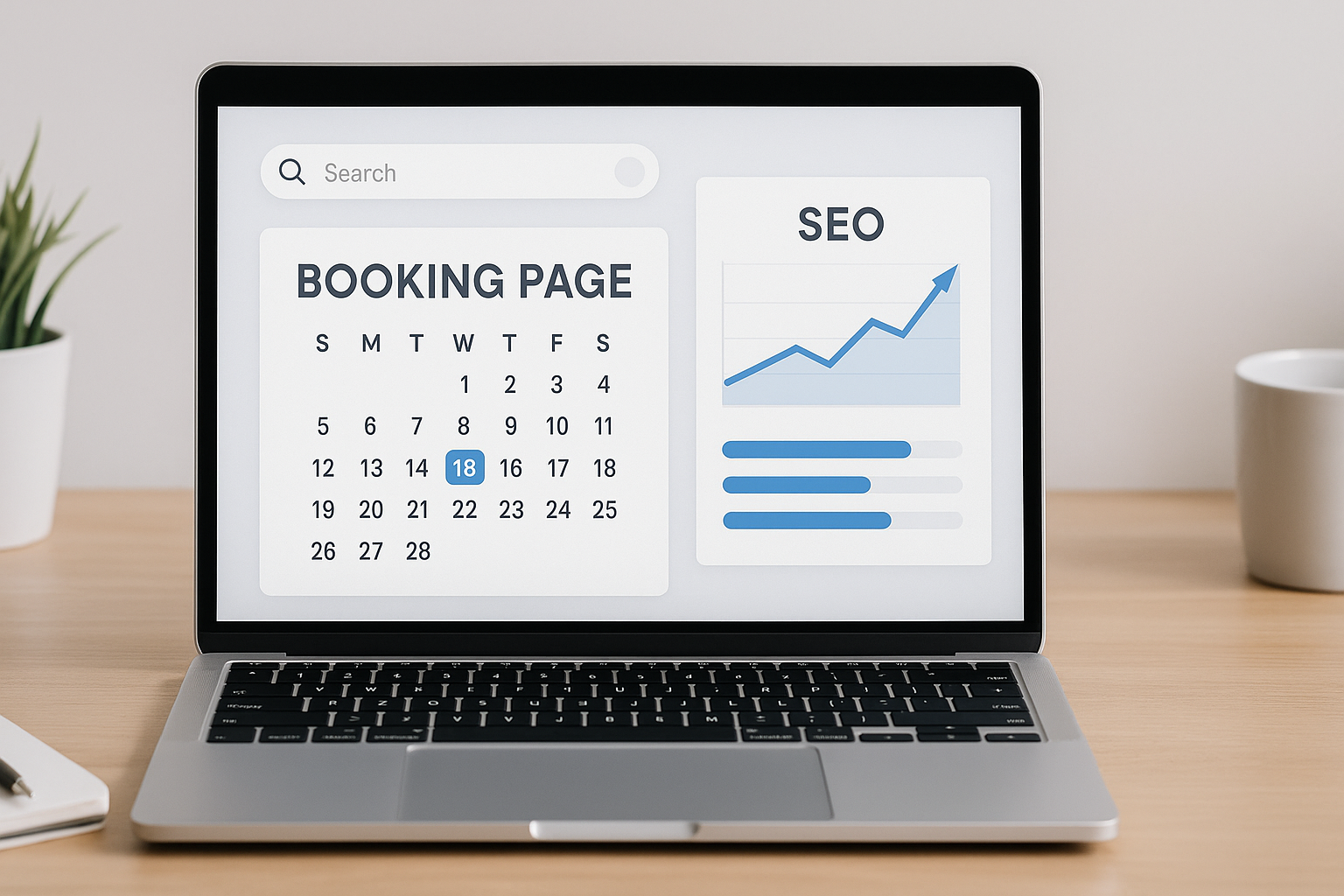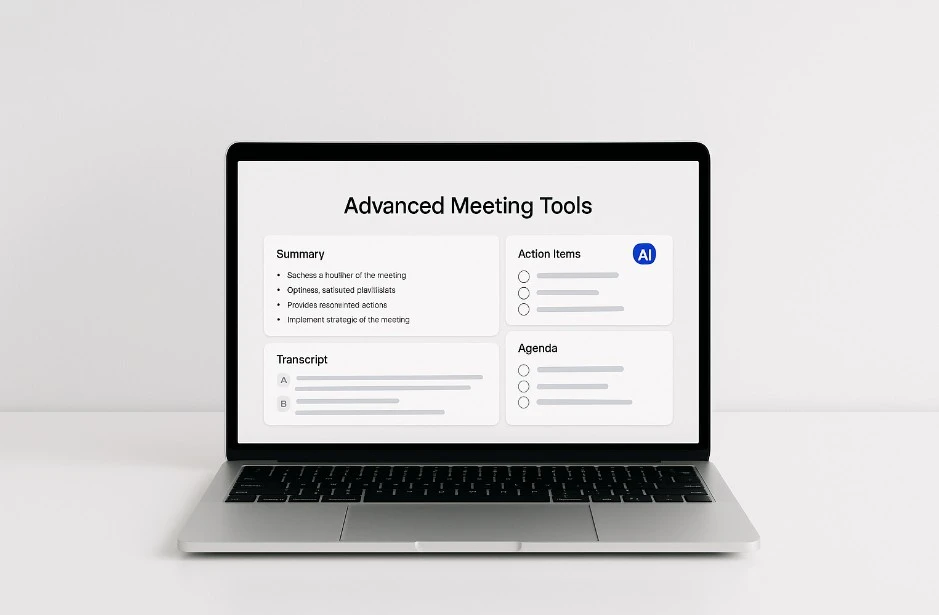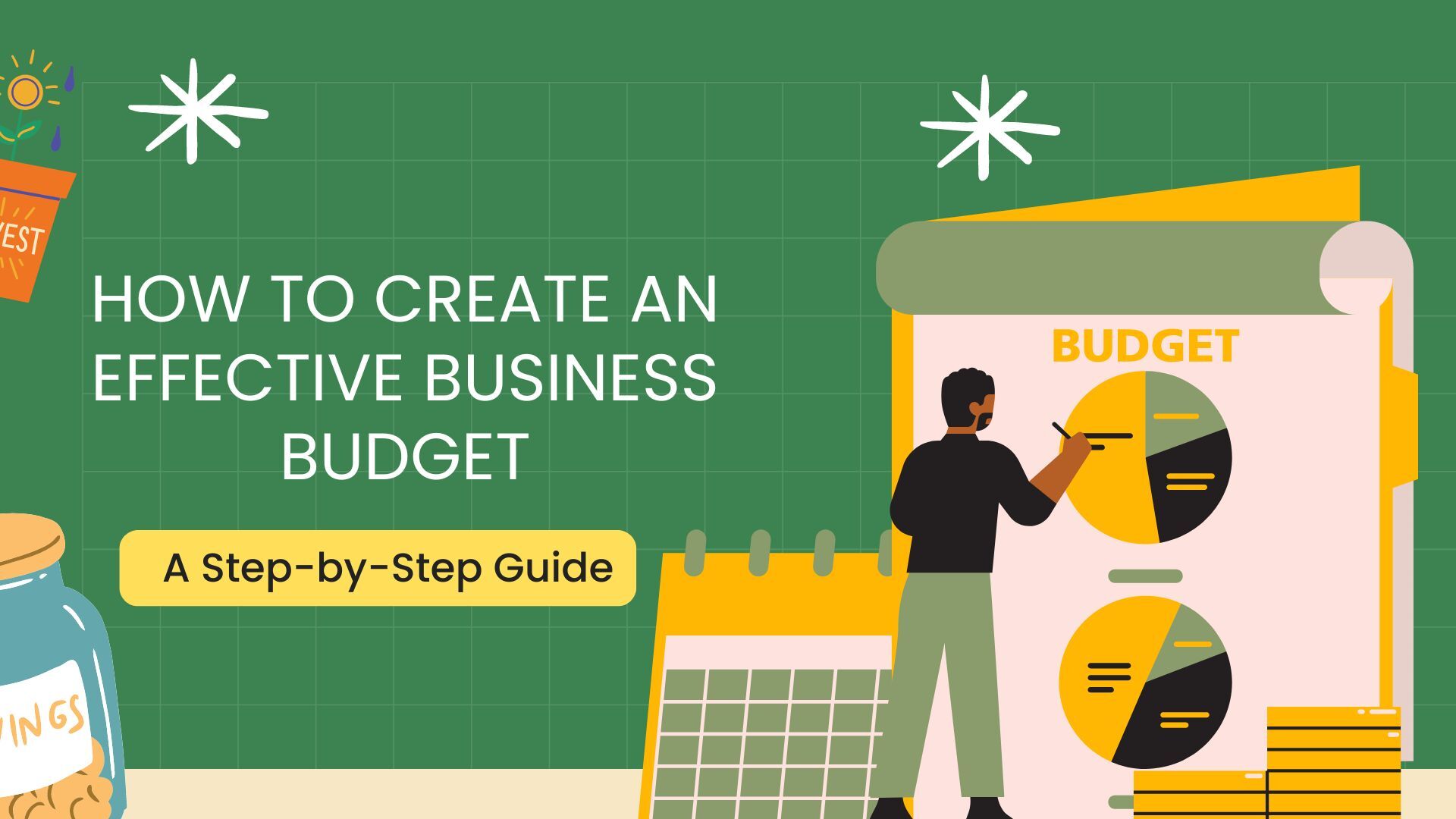IN THIS POST
Creating an effective business budget is crucial for the success and sustainability of any organisation. A well-crafted budget allows you to manage your finances, allocate resources, and plan for future growth. It serves as a financial guide, directing your business decisions and ensuring you stay on a path to achieve your financial objectives. This guide will walk you through the essential steps to create a business budget that supports your current operations and positions you for long-term success.
What is a Business Budget?
A business budget is a financial plan that outlines an organisation’s expected revenues and expenditures over a specific period, typically a fiscal year. It is a roadmap for managing finances, allocating resources, and achieving financial goals.
Key Components of a Business Budget
- Revenue: Forecasted income from sales, services, investments, or other sources.
- Fixed Costs: Regular, recurring expenses that do not change with production levels, such as rent, salaries, and insurance.
- Variable Costs: Expenses fluctuate with business activity, like raw materials, production supplies, and utilities.
- Operating Expenses: Day-to-day expenses of running the business, including marketing, travel, and office supplies.
- Capital Expenditures: Investments in long-term assets, such as equipment, vehicles, or real estate.
- Cash Flow: Projection of cash inflows and outflows to ensure the business can fulfill its financial obligations.
- Profit Margin: The expected profit after all expenses have been deducted from total revenue.
Purposes of a Business Budget
- Financial Planning: Helps in forecasting income and expenses, enabling strategic allocation of resources.
- Performance Measurement: Provides benchmarks for assessing actual performance against financial goals.
- Resource Allocation: Ensures funds are directed towards the most critical areas of the business.
- Cost Control: Identifies areas where expenses can be reduced or optimised, use an automated expense reporting for greater efficiency.
- Decision Making: Informs strategic decisions regarding investments, expansions, and other business activities.
- Risk Management: Prepares the business for potential financial challenges and uncertainties.
- Investor Confidence: Demonstrates financial responsibility and planning to investors and stakeholders.
- Operational Efficiency: Enhances the efficiency of day-to-day operations through better financial management.
Key Steps to Create an Effective Business Budget
Creating a business budget is essential in ensuring your company’s financial health and success. Here are the 8 key steps to create a comprehensive business budget:
Step 1: Understand Your Revenue
The first step in creating a business budget is to understand your revenue. This includes all the money your business brings from sales, services, and other sources. It’s important to track both your total revenue and your revenue by category. This will help you identify which areas of your business are most profitable and where you might need to make adjustments.
Tips for Tracking Revenue
- Use accounting software to track your revenue automatically.
- Categorise your revenue by source (e.g., product sales, service fees, etc.).
- Review your revenue regularly to identify trends and make adjustments as needed.
Step 2: Identify Fixed and Variable Costs
Next, you need to identify your fixed and variable costs. Fixed costs are expenses that stay consistent each month, such as rent, salaries, and insurance. Variable costs, fluctuate based on your business activities, such as raw materials, shipping, and utilities.
Tips for Identifying Costs
- Make a list of all your fixed costs and their amounts.
- Track your variable costs over a few months to get an average.
- Categorise your expenses to see where most of your money is going.
Step 3: Set Financial Goals
Establishing financial goals is an essential part of creating a business budget. Your goals include increasing revenue, reducing costs, or saving for a big purchase. Having clear financial goals will keep you focused and motivated as you work on your budget.
Tips for Setting Financial Goals
- Make your goals specific and measurable (e.g., increase revenue by 10% in the next quarter).
- Set both short-term and long-term goals.
- Review and adjust your goals regularly according to your progress and changes in your business.
Step 4: Create a Budget Template
Now that you understand your revenue and expenses well, it’s time to create a budget template. A budget template will help you organise your financial information and make it easier to track your progress.
Tips for Creating a Budget Template
- Use Excel budget templates to get started quickly.
- Include categories for all your revenue and expenses.
- Add columns for your budgeted amounts, actual amounts, and the difference between the two.
Step 5: Monitor Your Cash Flow
Monitoring your cash flow is crucial for maintaining a healthy business budget. Cash flow is the movement of money in and out of your business. Positive cash flow means you have increased money coming in than going out, while negative cash flow means the opposite.
Tips for Monitoring Cash Flow
- Review your cash flow regularly to identify any potential issues.
- Track your cash flow with accounting software automatically.
- Monitor your accounts receivable and payable closely to ensure timely payments.
Step 6: Review and Adjust Your Budget
Creating a business budget is an ongoing process. You must review and adjust your budget regularly to remain accurate and effective. This will help you stay on track with your financial goals and make any necessary changes as your business evolves.
Tips for Reviewing and Adjusting Your Budget
- Review your budget at least once a month.
- Compare your actual revenue and expenses with your budgeted figures.
- Make adjustments as needed based on changes in your business or market conditions.
Step 7: Plan for Contingencies
No matter how well you plan, unexpected expenses and changes in revenue can occur. It’s essential to have a contingency plan to handle these situations. This might include allocating a portion of your budget for emergencies or maintaining a line of credit available.
Tips for Planning for Contingencies
- Set aside a percentage of your revenue for an emergency fund.
- Review your contingency plan regularly and make adjustments as needed.
- Consider insurance options to safeguard your business from unforeseen events.
Step 8: Use Budgeting Tools and Resources
Many tools and resources are available to help you create and manage your business budget. These can make the process easier and more efficient, allowing you to focus on expanding your business.
Tips for Using Budgeting Tools and Resources
- Explore different budgeting software options to find one that fits your needs.
- Use templates and guides from reputable sources.
- Consider collaborating with a financial advisor or accountant for expert advice.
The Role of Budgeting in Business Growth
Budgeting is vital in helping a business grow. Here’s how:
Planning Finances:
- Predict Income and Costs: Budgeting helps estimate future earnings and expenses.
- Set Financial Goals: It allows businesses to set realistic financial targets.
Allocating Resources:
- Use Resources Wisely: Budgeting ensures money is spent efficiently.
- Invest in Priorities: It helps decide where to invest and where to cut back.
Managing Costs:
- Control Spending: Regularly comparing actual costs to the budget helps control unnecessary spending.
- Improve Profits: Good budgeting can lead to savings and higher profits.
Strategic Planning:
- Plan for the Future: Budgeting supports long-term planning and aligns resources with goals.
- Handle Risks: It helps anticipate financial risks and plan for them.
Measuring Performance:
- Track Progress: Budgets act as benchmarks to measure actual performance.
- Adjust as Needed: Regular reviews help keep the business on track.
Making Decisions:
- Make Informed Choices: Budgeting provides a clear financial picture for decision-making.
- Explore Opportunities: It helps evaluate new projects and investments.
Tips for Effective Budget Management
Managing a budget effectively is key to financial success for any business. Here are some simple tips to help you manage your budget better:
Plan Ahead:
- Set Clear Goals: Define what you want to achieve with your budget, like reducing costs or increasing profits.
- Create a Budget Plan: Outline all expected income and expenses for a specific timeframe, like a month or a year.
Track Your Spending:
- Record Transactions: Record all your financial transactions to monitor where your money is going.
- Use Budgeting Tools: Use software or apps to help track and manage your budget efficiently.
Prioritise Expenses:
- Identify Essentials: Focus on spending money on essential items, like rent, utilities, and salaries.
- Cut Unnecessary Costs: Look for areas to cut costs without impacting your business.
Monitor and Adjust:
- Regular Reviews: Check your budget regularly to see if you are staying on track with your financial goals.
- Make Adjustments: If you notice you’re overspending in one area, adjust your budget to accommodate necessary changes.
Save for the Future:
- Build Reserves: Set aside some of your income as savings for emergencies or future investments.
- Plan for Growth: Allocate part of your budget for activities that promote business growth, like marketing or new product development.
Communicate with Your Team:
- Involve Key Staff: Ensure key team members understand the budget and their role in managing it.
- Seek Feedback: Encourage team members to provide budget planning and management input.
Stay Disciplined:
- Stick to Your Plan: Avoid impulse spending by sticking to your budget plan.
- Review Regularly: Keep your budget updated and review it regularly to stay aligned with your financial goals.
Conclusion
Creating an effective business budget is essential for your business’s success. By following these steps and using the tips provided, you can develop a budget that helps you manage your finances, achieve your financial goals, and plan for the future. Regularly review and adjust your budget and use the available tools and resources to make the process as smooth as possible.

Save your team time and money with Bookafy!
Using online appointment scheduling software, you can automate booking, reminders, syncing to calendars, fetching video meeting URLs, and much more. Try Bookafy free today!
Recommended Articles

Why Transparency and Education Are the New Growth Engines in eCommerce Online Wellness Markets
BOOKAFY BLOG Why Transparency and Education Are the New Growth Engines in eCommerce Online Wellness Markets IN THIS POST The online wellness market is undergoing a significant transformation. Once dominated

9 API Security Best Practices Every Booking Platform Needs
BOOKAFY BLOG 9 API Security Best Practices Every Booking Platform Needs IN THIS POST Your organization is like a finely tuned machine where systems work together in harmony to keep

Why Remote Teams Secretly Appreciate Timesheet Software Like Workstatus
BOOKAFY BLOG Why Remote Teams Secretly Appreciate Timesheet Software Like Workstatus IN THIS POST Remote work has transformed how businesses are operated. Different cities; or even nations, are collaborating on

All About Optimizing Your Booking Page for Search Engines
BOOKAFY BLOG All About Optimizing Your Booking Page for Search Engines IN THIS POST Have a booking page, but not getting as many customers as you expected? That could be

From Side Hustle to Full-Time: How ESL Tutors Scale Their Income with Smart Tools?
BOOKAFY BLOG From Side Hustle to Full-Time: How ESL Tutors Scale Their Income with Smart Tools? IN THIS POST Do you remember working at your typical 9-5 job? You might

The Appointment Revolution: How to Schedule Like a Pro with These Simple Hacks
BOOKAFY BLOG How to Schedule Like a Pro with These Simple Hacks IN THIS POST Time significantly impacts how people evaluate their experiences. When time is wasted, customers often remember

